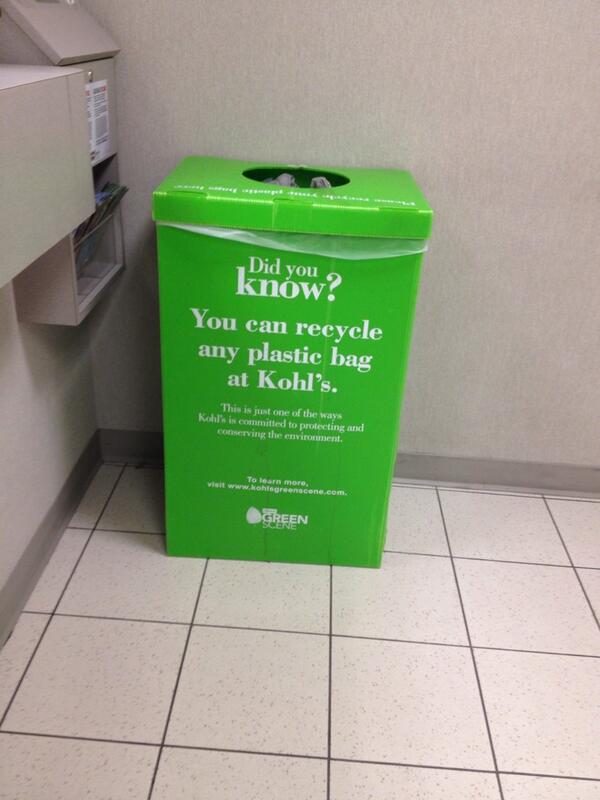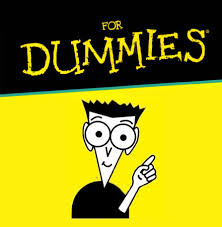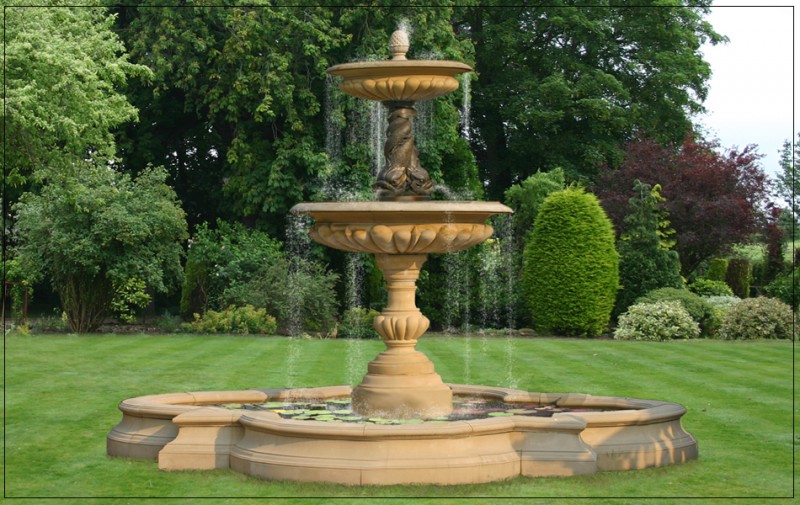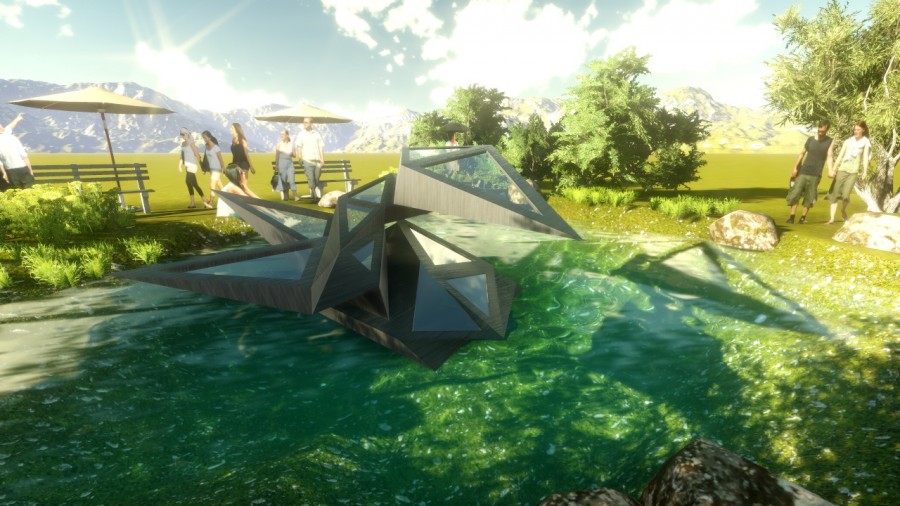In case you’re not familiar yet with marketing strategies that can be used for sustainability topics in companies, there is actually a very useful matrix called The Green Marketing Strategy Matrix that helps understand how companies need to first consider the likely size of the green market in their industry as well as their ability to differentiate their products on “greenness” from competitors, before choosing an action plan, or marketing strategy.
The matrix shows 4 different paths to take but this post is focused on the Defensive Green strategy.

It is well known that green is becoming more and more trending and that, as consumers become more aware of it, companies are trying more and more to be recognized as green and environmental friendly. Why? Because they know green is becoming a must in order to be accepted and supported, not only by customers, but also by investors, supporting companies and even the government.
Sure everyone is trying to make an effort in becoming green and sustainable, but not everyone has the knowledge, time and capital to become 100% sustainable from one day to another. This is why I believe that most of the companies can be categorized under the “Defensive Green” strategy of the matrix, because, even though they are trying to add to the cause, they don’t publicize their green activities much beyond their Web sites, or, instead of claiming themselves as green companies, they decide to occasionally sponsor environmentally friendly events and programs that match their essence. They know they’re not able to maintain a 100% green reputation, so they don’t shout out about their green efforts so loudly.
I looked at Cult’s list of top-50 brands deemed authentically and resolutely “green” by their own customers and found that most of the companies listed there are in fact taking a Defensive Green Strategy.
One example is Kohl’s. It is pulling efforts in trying to reduce plastic bag usage and to encourage customers to recycle them and it’s also working with its supply chain partners to leave a green mark. They don’t advertise themselves as a green retail shop, or as the most sustainable company in clothing. They simply make an effort and put it on their website in order to inform those who are interested in making a change and eventually push customers, with occasional campaigns, to contribute to this cause.

I’m happy that companies are eventually joining the green train but I would love them to be more active about it and not just do something when it’s convenient for them or when they feel like it’s profitable to contribute. I know it takes time, people, money and technology to develop bigger and better sustainable practices but I would love it if companies started to be able to use the Extreme Green or Shaded Green strategies. Of course it takes a two-way collaboration (customers-companies) to achieve this but I think it will soon be possible when more CEO’s start realizing the importance of this and decide to invest more efforts on it.


